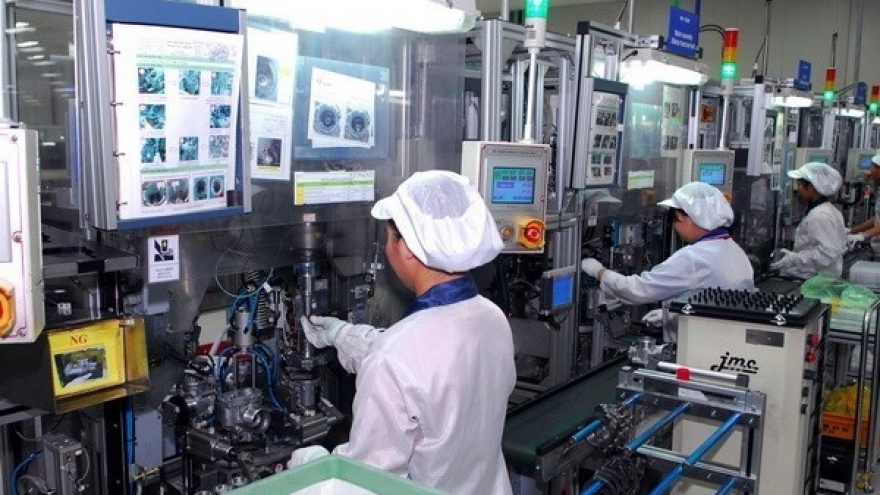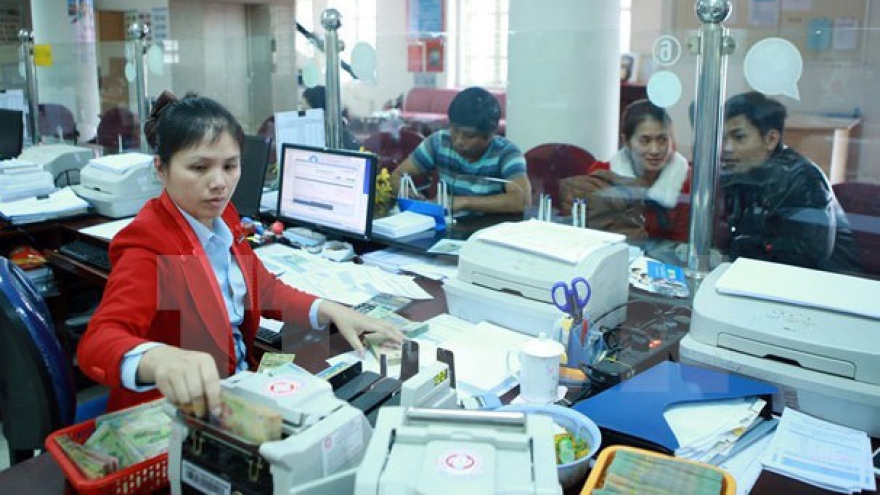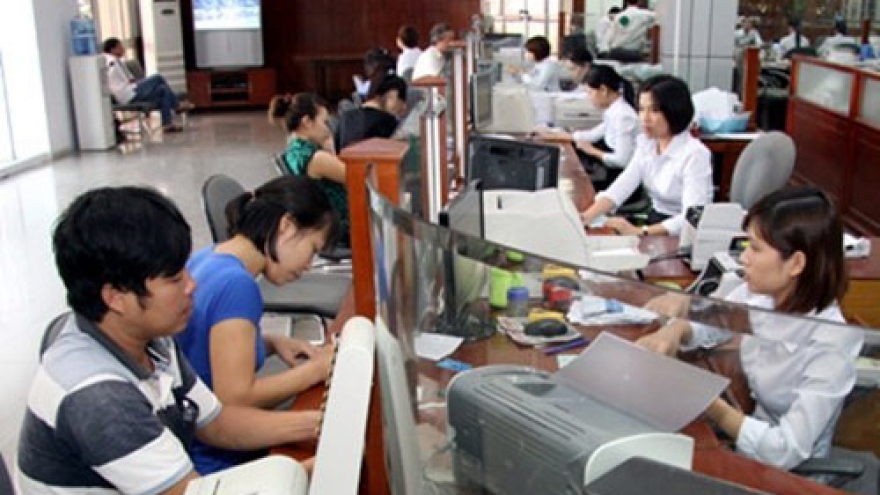Unravelling cross ownership in the Vietnamese banking system
The issue of cross ownership has hindered Vietnam’s banking industry over the last ten years, causing damage to and threatening the stability of the local banking system.
In spite of vigorous efforts by the State Bank of Vietnam (SBV) to deal with the issue and efforts by certain banks to reduce cross ownership to a level congruent with law, cross ownership continues to pose a serious threat to the Vietnamese banking system, said banking expert Nguyen Tri Hieu.
Cross ownership and regulatory actions in Vietnam
According to Vietnam’s Enterprise Law, cross ownership takes place when two or more companies hold shares in each other. De facto cross ownership includes indirect joint ownership. In the local banking industry, typically banks own shares in other banks, the leaders of these banks own shares in various banks as individuals, and bank directors own companies that also own the same banks. All these forms of cross ownership have one thing in common: the shareholdings of many banking financial institutions are controlled in order to strengthen and consolidate power by one individual or one organisation for their benefit.
 |
In 2010, the SBV issued Decree 13 regulating the safety ratio for banking activities, in which it defines certain limits for lending to companies that a bank controls.
In 2014, the SBV issued Decree 36 tightening lending for the purchase of bank shares and prohibiting lending to customers to purchase shares of the lending banks, except for state-owned banks in the process of equitisation.
In 2015, the SBV issued Decree 06 requiring banks that still have shareholders with shares exceeding the regulatory limits, to submit plans to reduce such excessive shareholdings to the limits allowed under current laws by the end of 2015.
Despite all regulatory actions, cross ownership remains a thorn in the side of the banking authority. Cross ownership among banks continues to exist, with many corporate and individual shareholders still owning shares above limits set by law.
While those shareholders are under pressure to comply, the stock market for bank shares has seen a downturn, with the market price of many bank shares falling far below nominal value, discouraging shareholders to sell them off. Furthermore, many shareholders are reluctant to lose control of the banks that have made them wealthy.
How much damage has been caused by cross ownership?
There hasn’t been a comprehensive study on the damages caused by cross ownership as it takes so many forms, partially open, partially shrouded in secret arrangement and hidden from the banking authority.
Cross ownership came from the historical development of the banking system in Vietnam. When Vietnam entered the market economy some 30 years ago, banks were formed under state ownership. From there, joint-stock banks were founded with capital contributions from state-owned banks, as well as central and local governments. This created a web of inter-related ownership and investment where individual and corporate shareholders formed “special interest groups” that controlled many financial institutions.
The consequence now is a massive burden of bad debts created by the special interest groups that lent money to themselves and related parties for risky real estate projects.
When the real estate market collapsed, a huge number of real estate loans fell into default. In 2015, under the order of the SBV, the banks sold VND110 trillion ($5.04 billion) in non-performing loans (NPLs) to the Vietnam Asset Management Company (VAMC), thus reducing the NPL ratio on the books of commercial banks to below 3 per cent at the end of 2015. The VAMC, however, has only been able to recover roughly 8 per cent of the NPL it purchased from banks.
Over the past six years, as a result of the bank restructuring, ten banks have merged with stronger banks or have been taken over by the SBV. Many of these “failed banks” had lent money to each other or to the companies that were owned by the banks’ shareholders. In a nutshell, these banks became a financial playground for some powerful people and financial groups.
This situation was exacerbated when banks were required to increase charter capital to VND3 trillion ($137.6 million) in 2010. To meet this regulatory requirement some banks lent money to individuals buying shares of the lending banks. This lending practice was tolerated until the SBV issued Decree 36 in 2014, prohibiting banks from lending money for people to buy shares in their own banks.
The banking practice that allowed individuals to borrow funds from banks to invest in those same banks goes against international norms. Raising capital funds this way only allows cross ownership to prosper and creates unreal capital contribution.
In 2015, the SBV took over three commercial banks by completely acquiring their stocks for zero VND. A closer look at these cases reveals that cross ownership was the major cause of these banks’ failure. Many of these banks’ directors owned companies that borrowed funds from the banks in question, and then defaulted on their loans, causing the erosion of the shareholder’s capital and wiping out liquidity. Currently, there are still some weak commercial banks that are being reorganised. The SBV indicated that they would not rule out bankruptcy proceedings for banks from now on. However, bankruptcy is not the only remedy.
What to do next?
No one expects that the system can be reformed overnight, but any delay in vigorous reform will diminish public trust and will hamper international integration.
A few things can be done right now.
Banking M&A needs to be sped up. Merging banks is an effective way to eliminate cross ownership. Weak banks should be publicly identified and forced to shore up capital funds or find a stronger bank to merge with. Failing to do this, they should be forced into bankruptcy proceedings.
For those banks recently taken over by the SBV, if they prove too costly to save, they should be sold or liquidated, rather than kept alive at great cost to the state.
Banking scrutiny needs to be enhanced. The arrest of bank examiners, who supervised and examined one of the banks taken over by the SBV in 2015, shows that the banking authority must pay more attention to the integrity and capability of its bank examiners. Also, the methodology of bank examination should be changed to implement a bank rating system in line with international banking standards.
The practice of borrowing money from a bank to purchase stock in another bank does not help resolve the issue of cross ownership. Borrowing money to purchase bank stock is contrary to international norms and not a reasonable investment plan because the source of funds is time-limited while the use of funds is permanent.
Last but not least, the government’s plan to register all banks’ stock on the stock exchange needs to be implemented immediately. Some banks likely fear they are not ready yet because their accounting practices do not conform to Vietnamese and international accounting standards, or their stock price has plummeted and will not result in a favorable IPO.
Registration on the stock exchange will force banks to comply with many State Securities Commission requirements, such as periodic financial reporting and disclosing auditors’ opinions as well as changes in management and shareholdings. But these disclosures enable the public to assess the financial conditions of the banks and any cross ownership that may exist. They are now the norms in the international banking world.



